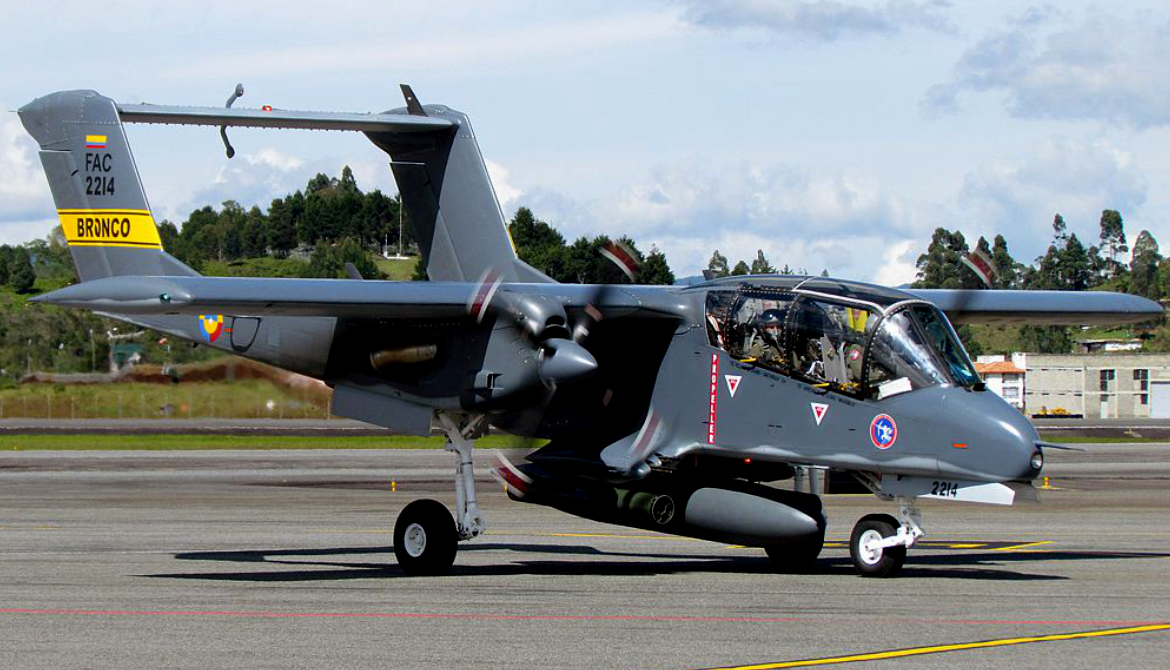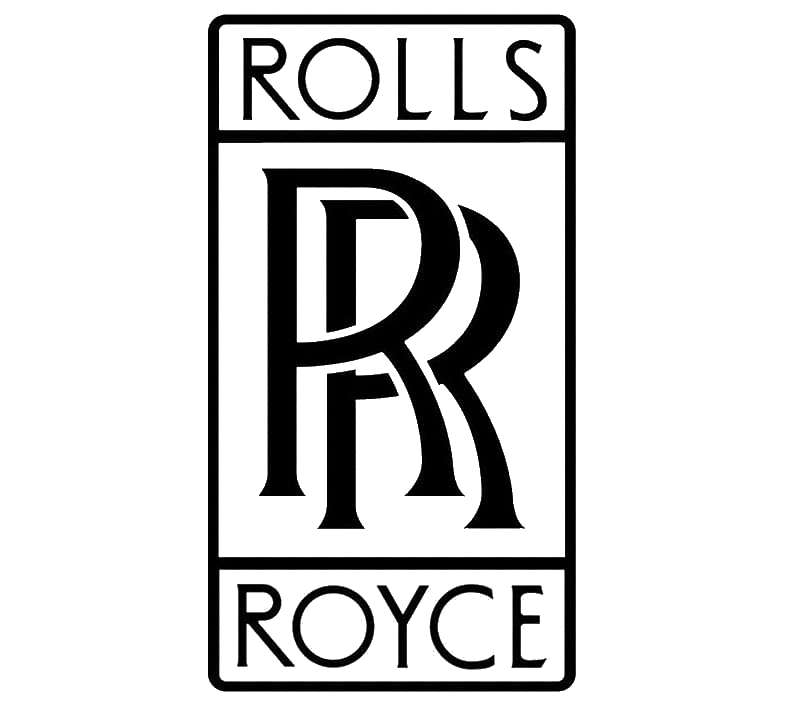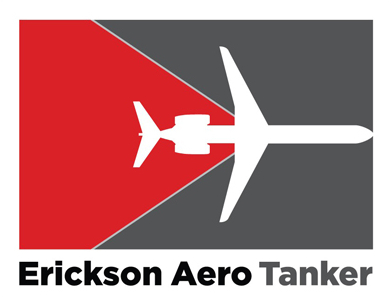Hawker Siddeley Hawker Siddeley HS.125
 |
|
| General information | |
|---|---|
| Type | Mid-size business jet |
| Manufacturer | de Havilland (design) Hawker Siddeley (to 1977) British Aerospace (1977–1993) Raytheon (1993–2007) Hawker Beechcraft (2007–2013) |
| Status | Active service |
| Primary users | Japan Air Self-Defense ForceBrazilian Air Force |
| Number built | 1,720 |
| History | |
| Manufactured | 1963–2013 |
| First flight | 13 August 1962 |
| Variants | Hawker 800 |
|
|
|---|
.
History Hawker Siddeley Aircraft
Hawker Siddeley HS.125
Jet Dragon/Dominie T1
Manufactured 1963–2013 / First flight 13 August 1962

The British Aerospace 125 is a twinjet mid-size business jet. Originally developed by de Havilland and initially designated as the DH.125 Jet Dragon, it entered production as the Hawker Siddeley HS.125, which was the designation used until 1977. Later on, more recent variants of the type were marketed as the Hawker 800.
More than 60% of the total sales of the aircraft were to North American customers. It was also used by the Royal Air Force as a navigation trainer, as the Hawker Siddeley Dominie T1, and was operated by the United States Air Force as a calibration aircraft, under the designation C-29
Design

The BAe 125 is a low-winged monoplane, powered by two engines mounted on the rear fuselage. It features a slightly swept wing, which is based on the larger de Havilland Comet wing planform, and uses large slotted flaps and airbrakes for operating from small airfields; the aircraft can be flown from hardened grass airstrips. The aircraft has a cylindrical fuselage with a one-piece wing mounted on the underside of the fuselage; most of the manufacturing and assembly work on the wing and fuselage is able to be done with them as separate items with the two being joined late in the production process. The wing has integral fuel tanks which contain most of the fuel.
Variants


- Series 1
- First version, powered by 3,000 lbf (13 kN) Viper 20 or 520 engines. Ten built, including two prototypes (43 ft 6 in (13.26 m) long, 44 ft (13.41 m) span) and eight production aircraft 47 ft 5 in (14.56 m) long, 47 ft (14.33 m) long.
- Series 1A/1B – upgraded Bristol Siddeley Viper 521 engines with 3,100 lbf (14 kN) of thrust each, and five cabin windows instead of six (as the window nearest the engines allowed too much cabin noise). Series 1A for US FAA certification (62 built), Series 1B for sale elsewhere (13 built)
0
KmCeiling
0
KmCombat RANGE
0
MachAircraft Speed
0
Max Crew
Photo Gallery
Hawker Siddeley Aircraft
Hawker Siddeley HS.125
Dominie T1
Manufactured 1963–2013 / First flight 13 August 1962


Hawker Siddeley Aircraft
Hawker Siddeley HS.125
Manufactured 1963–2013 / First flight 13 August 1962
General Info
-
-
-
- Crew: 2
- Capacity: 8 passengers (normal layout), 14 passengers in high density layout
- Length: 50 ft 6 in (15.39 m)
- Wingspan: 47 ft 0 in (14.33 m)
- Height: 17 ft 3 in (5.26 m)
- Wing area: 353.0 sq ft (32.79 m2)
-
-
Powerplant
-
-
- Empty weight: 12,530 lb (5,684 kg)
- Max takeoff weight: 25,000 lb (11,340 kg)
- Fuel capacity: 1,181 imp gal (1,418 US gal; 5,369 L) usable fuel
- Powerplant: 2 × Rolls-Royce Viper 601-22 turbojet engines, 3,750 lbf (16.7 kN) thrust each
-
Performance
-
- Maximum speed: Mach 0.78
- Cruise speed: 454 kn (522 mph, 841 km/h) maximum cruise at (8,534 m)
- Stall speed:154 km/h) EAS flaps down
- Never exceed speed: (547 mph, 880 km/h) IAS
- Range: 1,650 nmi (1,900 mi, 3,060 km) 1,000 lb (454 kg) payload, 45 minutes reserve plus allowances for take-off and landing
- Service ceiling: 41,000 ft (12,000 m)
Links to Youtube & Others
In 2013, the FAA modified its rules to prohibit the operation of jets weighing 75,000 pounds (34,000 kg) or less that are not stage 3 noise compliant, specifically mentioning the 125 series of aircraft. This required any aircraft of the type either to have compliant engines installed, or to be fitted with a hush kit, to fly over most of the United States after 31 December 2015
Hawker Siddeley
Hawker Siddeley HS.125
In 1961, de Havilland began work upon a small business jet, then known as the DH.125 Jet Dragon.
Youtube Link
The aircraft went through many designation changes during its service life. Hawker Siddeley had bought de Havilland the year before the project had started, but the legacy brand and "DH" designation.













.svg.png)